 Safaris
Bergsteigen
Wandern
Inselwandern Weltweit
Safaris
Bergsteigen
Wandern
Inselwandern Weltweit
 Europa
Inselwandern
Europa
Inselwandern
 Städtewandern
Städtewandern
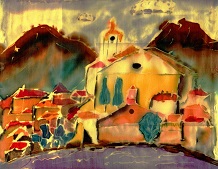 Paintings
Paintings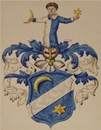 Dirk Rauschenbach
Dirk Rauschenbach
 Safaris
Bergsteigen
Wandern
Inselwandern Weltweit
Safaris
Bergsteigen
Wandern
Inselwandern Weltweit
|
 Europa
Inselwandern
Europa
Inselwandern
|
 Städtewandern
Städtewandern
|
 Paintings
Paintings |
 Dirk Rauschenbach
Dirk Rauschenbach
|
|
zurück Barcelona Gaudi Park Güell
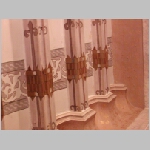
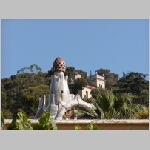
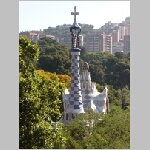
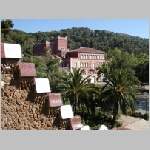
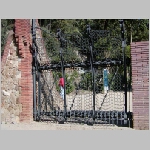
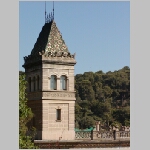
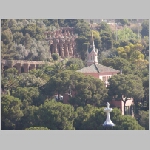
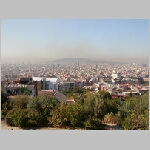
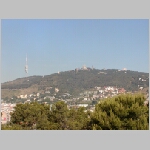
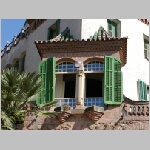
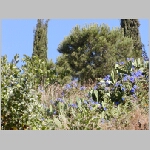
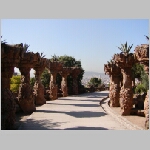
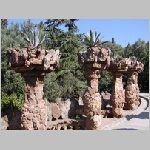
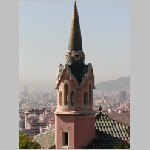
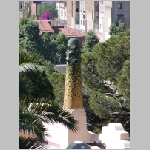
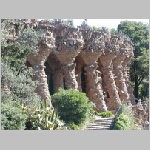
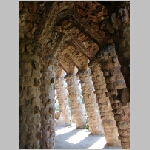
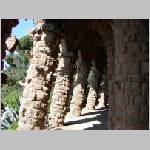
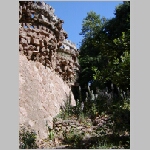
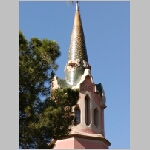
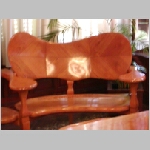
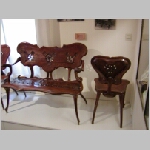
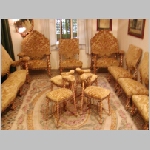
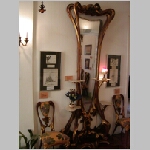
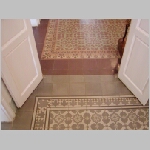
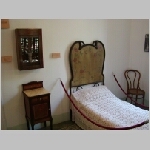
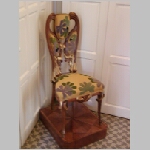
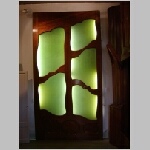
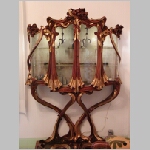
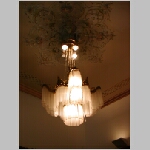
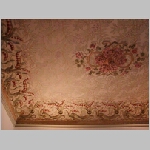
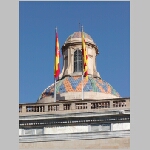
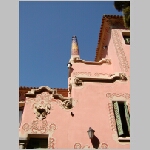
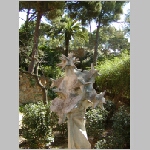
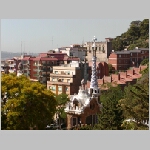
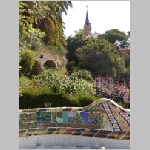
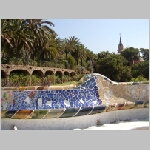
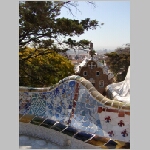
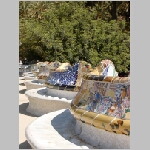
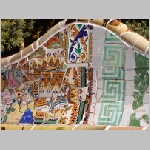
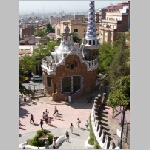
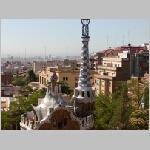
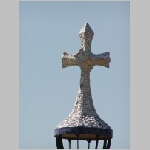
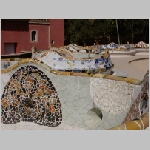
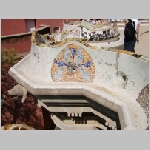
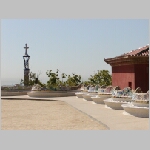
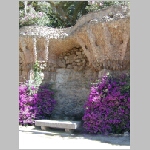
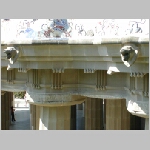
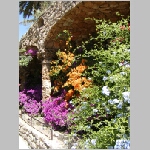
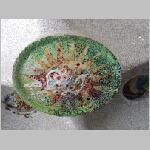
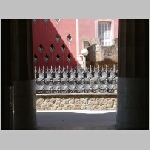
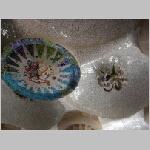
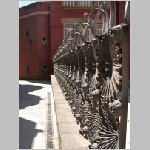
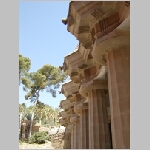
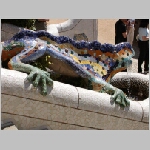
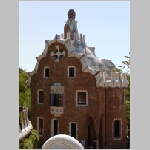
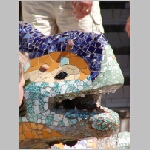
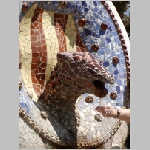
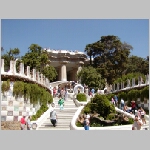
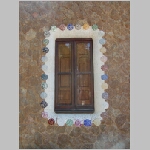
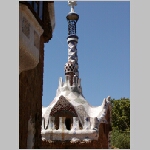
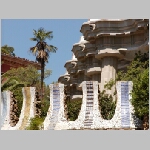
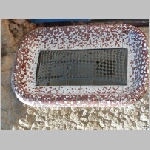
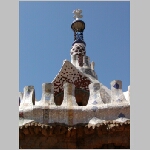
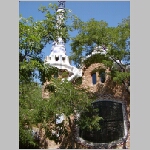
Park Güell
ist ein weitere Gaudí
Kreationen und liegt nördlich von
Barcelona Zentrum, zu
Fuß 20 Minuten von Lesseps
metro Metro (Grüne Linie,
L3). Der Park
ist voll von engen, gewundenen
Wege, die durch den Park
schlängeln. Es gibt so viele
Wege und verschiedene Routen
ist es einfach, Ihre Lager
zu verlieren, aber
so wie Sie denken,
Park Güell is one of the most iconic works of Antoni Gaudí, a visionary Catalan
architect known for his distinctive and imaginative architectural style.
Designer: Antoni Gaudí
Commissioned by: Eusebi Güell, a wealthy industrialist
and Gaudí's patron
Construction period: 1900–1914 (opened as a public park in
1926)
UNESCO World Heritage Site: Since 1984, as part of "Works of Antoni
Gaudí"
Key Features of Park Güell:
Serpentine Bench: A colorful,
mosaic-covered bench shaped like a sea serpent that winds around the main
terrace.
Hypostyle Hall: Also known as the Hall of a Hundred Columns
(actually 86), originally intended as a marketplace.
Dragon Stairway: Iconic stairway with the
famous "el drac" (mosaic lizard), a symbol of the park.
Viaducts & Walkways:
Organic-looking pathways supported by stone columns that blend with the
landscape.
Gaudí House Museum: Gaudí’s residence from 1906 to 1925, now a
museum showcasing his life and work.
Gaudí's Style in Park Güell:
Modernisme (Catalan Art Nouveau) combined with natural forms Use of trencadís
(broken tile mosaics)
Inspired by nature, geometry, and religion
Park Güell is one of Antoni Gaudí's most
iconic works, a UNESCO World Heritage Site since 1984, and a masterpiece of
Catalan Modernism. Here’s a detailed overview of its key aspects:
1.
History and Concept
Commissioned by Eusebi Güell in 1900, Park Güell was
initially envisioned as an exclusive housing estate for Barcelona’s elite,
inspired by English garden cities. However, only two of the planned 60 houses
were built, and the project was abandoned in 1914. It was later converted into a
public park in 1926 278.
Gaudí integrated nature, religion, and Catalan
symbolism into the design, blending organic forms with architectural innovation.
The park reflects his "naturalist phase," with structures mimicking trees,
waves, and animals 28.
2. Architectural Highlights
Dragon Staircase:
The entrance features a colorful mosaic salamander (El Drac), a symbol of
Barcelona, crafted using Gaudí’s trencadís technique (broken tile mosaics) 567.
Hypostyle Hall: A forest-like marketplace with 86 Doric columns, designed to
channel rainwater into an underground reservoir 78.
Serpentine Bench: A
winding, mosaic-covered bench on the main terrace, offering panoramic views of
Barcelona. Designed for social interaction, it incorporates ergonomic curves 67.
Viaducts and Porticoes: Pathways resembling natural rock formations,
with倾斜columns模仿棕榈树 82.
Gaudí House Museum: The architect’s former
residence (1906–1925), showcasing his furniture and personal artifacts. Note:
Requires a separate ticket 59.
3. Practical Visitor Information
Tickets: Timed entry (€18 adults, €13.50 children/seniors) is required for the
Monumental Zone (book online). Free access to surrounding woodland areas 79.
Hours: Seasonal variations (e.g., 9:30 AM–7:30 PM in summer; closes earlier
in winter) 57.
Accessibility: Steep paths and steps may challenge
visitors with mobility issues. Wheelchairs are available upon request 19.
Getting There: Metro L3 (Lesseps station, 15–20 min walk) or buses 24/92.
Limited parking 57.
4. Current Updates
The iconic salamander is under
restoration (one hand is currently being repaired) 19.
The Gaudí House
Museum recently reopened after renovations 19.
Park Güell holds a
Biosphere Certificate for sustainable tourism practices 19.
5. Symbolism
and Legacy
The park merges Gaudí’s architectural genius with ecological and
social ideals. Elements like the three crosses (originally a planned chapel) and
Catalan nationalist motifs reflect his deeper philosophies 28.
It remains
a testament to Barcelona’s modernist era, balancing art, nature, and urban
planning 8.
For a deeper dive, consider a guided tour or the Gaudí
Experience 4D exhibition nearby 67.
Der Park ist voll von Bäumen und Sträuchern und wie Sie herumlaufen Sie ungewöhnliche und bunte Skulpturen, Mosaiken, Gehwege und Fliesen zu sehen. Sie können auch erwarten, dass einige einen herrlichen Blick auf Barcelona vom Park Güell zu sehen, wie die ganze Anlage sind bauen auf Hügel Land. #park #güel #kreationen #gaudí #germany #thegreattrust #nature #weekendvibes #travel #tomato #berlin #dancersofhsb #photography #cherrytomaten #deutschland #tagderoffenentür #summer #regional #munich #lezzet #love #kaffeerösterei #photooftheday #handwerklich #naturephotography #gebäck #sun #biscuits #beautiful #равиоли